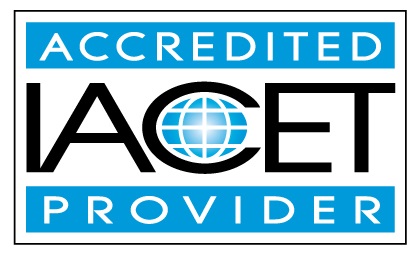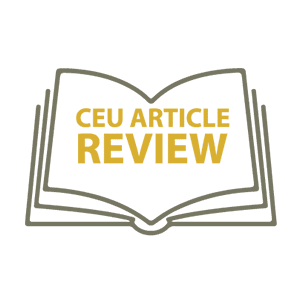Description
This article is written to discuss postural management and adaptive equipment of the complex neurological disorders of the pediatric patient. The authors address the complex equipment needs of the neurological patient commonly referred to as 24 hour postural management. The topic of 24 hour postural management is defined and supported with a helpful guide and equipment plan of care that can offer specific consideration at key periods of development and function, as well as for surgical interventions. 24 hour positioning is supported in the literature and is recommended throughout the lifespan (infant, preschool, school age and youth/young adult).
Learning Outcomes:
Define Complex Rehab Equipment and 24 Hour Positioning and apply it to daily activities throughout the lifespan.
Describe the importance of positioning for postural management, functional ADLs, communication, active participation andto support positive outcomes following surgical interventions.
List the main components of 24 hour positioning equipment evaluation process including application of an equipment plan of care to educate patient and caregivers.
Erin Pope, PT, MPT, ATP and Melissa Tally, PT, MPT, ATP are Physical Therapists at the Cincinnati Children’s Hospital Perlman Center. They have many years of experience at the Perlman Center with a focus on serving children and adults with a variety of complex diagnoses including CP (Cerebral Palsy), CMD (Congenital Muscular Dystrophy) and other neuro-motor conditions. They have provided therapy within the Early Intervention and Early Childhood programs and specialize in assistive technology and adapted equipment. The Perlman center performs comprehensive equipment evaluations and treatment, with a focus on 24-hour positioning, for both children and adults who have significant physical disabilities. In addition to serving patients, they both provide clinical education and patient advocacy for funding and access to complex rehab technology at all ages.


